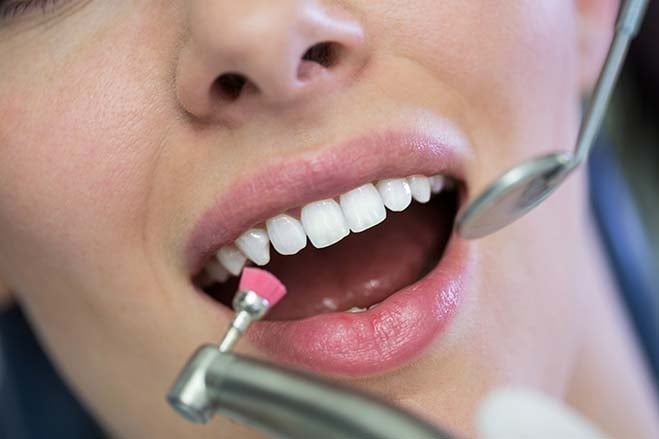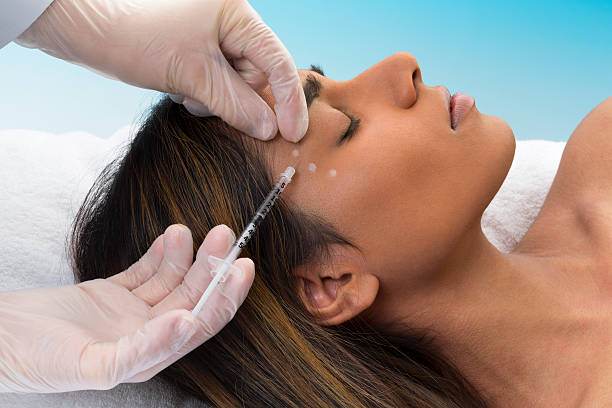In the rapidly evolving field of dental care, advanced teeth cleaning techniques have become essential for maintaining optimal oral health. Teeth Cleaning Clinic Dubai, known for its cutting-edge medical technology and world-class healthcare services, is at the forefront of these innovations. This article explores the advanced teeth cleaning techniques used in Dubai dental care, highlighting their benefits and how they contribute to improved oral health.
The Evolution of Teeth Cleaning Techniques
Traditional teeth cleaning methods, such as manual scaling and polishing, have been the standard for many years. However, recent advancements in dental technology have introduced new techniques that offer enhanced precision, effectiveness, and patient comfort.
Advanced Teeth Cleaning Techniques in Dubai
1. Ultrasonic Scaling
Ultrasonic scaling is a modern technique that uses high-frequency sound waves to remove plaque and tartar from the teeth.
How It Works: An ultrasonic scaler emits vibrations that break up and dislodge tartar from the tooth surface. The device also sprays a cooling mist of water to wash away debris and bacteria.
Benefits: Ultrasonic scaling is highly effective at removing stubborn tartar and plaque, often with less discomfort compared to traditional hand scaling. It can also reach areas that are difficult to access with manual tools.
2. Air Polishing
Air polishing is a technique that uses a stream of air, water, and abrasive powder to clean the teeth.
How It Works: A specialized handpiece delivers a mixture of air, water, and polishing powder to the tooth surface. The abrasive powder helps to remove stains, plaque, and biofilm.
Benefits: Air polishing is gentle on the gums and enamel, making it an excellent choice for patients with sensitive teeth. It effectively removes surface stains caused by coffee, tea, or tobacco.
3. Laser Teeth Cleaning
Laser technology has revolutionized various aspects of dental care, including teeth cleaning.
How It Works: Dental lasers use focused light to target and remove plaque and tartar. The laser also helps to disinfect the treated areas, reducing bacterial load.
Benefits: Laser teeth cleaning is precise and minimizes damage to surrounding tissues. It can be particularly beneficial for patients with gum disease, as it helps to reduce inflammation and promote healing.
4. Piezoelectric Scaling
Piezoelectric scaling is an advanced form of ultrasonic scaling that uses piezoelectric crystals to generate vibrations.
How It Works: The piezoelectric scaler generates ultrasonic vibrations that help to break up and remove calculus from the teeth. Unlike traditional ultrasonic scalers, piezoelectric devices are more precise and gentle.
Benefits: Piezoelectric scaling offers improved control and comfort for patients. It is less noisy and generates less heat compared to older ultrasonic models, making it a more pleasant experience.
5. Air Abrasion
Air abrasion is a technique that uses a stream of particles to remove plaque and stains from the teeth.
How It Works: An air abrasion device directs a fine, abrasive powder at the tooth surface to remove plaque and surface stains. The process is quick and minimally invasive.
Benefits: Air abrasion is effective at cleaning and polishing teeth without the need for traditional scaling. It is also less likely to cause discomfort or sensitivity.
The Role of Technology in Teeth Cleaning
Technological advancements in dental care have greatly improved the efficiency and comfort of teeth cleaning procedures. In Dubai, dental clinics utilize state-of-the-art equipment to provide high-quality care.
1. Digital Imaging
Digital imaging technology allows for detailed visualization of the teeth and gums, enhancing diagnostic accuracy.
How It Works: Digital X-rays and intraoral cameras capture high-resolution images of the oral cavity. These images help dentists to identify plaque buildup, tartar, and other issues.
Benefits: Digital imaging provides a clear view of problem areas, allowing for more precise cleaning and treatment planning. It also reduces radiation exposure compared to traditional X-rays.
2. CAD/CAM Technology
CAD/CAM (Computer-Aided Design and Computer-Aided Manufacturing) technology is used for creating custom dental appliances and restorations.
How It Works: CAD/CAM systems create 3D models of the teeth and gums, allowing for precise fabrication of dental crowns, veneers, and other restorations.
Benefits: CAD/CAM technology improves the accuracy and fit of dental restorations, ensuring that they align properly with cleaned and treated teeth.
3. Smart Dental Tools
Smart dental tools incorporate advanced features such as real-time monitoring and feedback.
How It Works: These tools use sensors and connected technology to track and analyze cleaning progress. They can provide feedback on cleaning effectiveness and help ensure that all areas are addressed.
Benefits: Smart dental tools enhance the precision of cleaning procedures and allow for personalized care based on individual needs.
The Impact of Advanced Teeth Cleaning Techniques
The integration of advanced teeth cleaning techniques in Dubai dental care has significant benefits for patients:
Enhanced Effectiveness: Advanced techniques remove plaque and tartar more effectively, leading to better oral health outcomes.
Increased Comfort: Modern technologies are designed to minimize discomfort and sensitivity during the cleaning process.
Faster Procedures: Innovative methods often result in quicker cleaning sessions, reducing time spent in the dental chair.
Improved Outcomes: Enhanced precision and control lead to more thorough cleanings and better management of oral health conditions.
FAQs
1. What are the benefits of ultrasonic scaling compared to traditional methods?
Ultrasonic scaling removes plaque and tartar more effectively and with less discomfort compared to manual scaling. It also reaches areas that are difficult to access with hand instruments.
2. How does air polishing differ from air abrasion?
Air polishing uses a mixture of air, water, and abrasive powder for cleaning, while air abrasion uses a stream of abrasive particles. Both techniques are effective at removing stains and plaque, but air polishing is often gentler on the teeth and gums.
3. Is laser teeth cleaning safe?
Yes, laser teeth cleaning is safe and effective. It provides precise removal of plaque and tartar while minimizing damage to surrounding tissues and reducing bacterial load.
4. What is piezoelectric scaling and how is it different from ultrasonic scaling?
Piezoelectric scaling uses piezoelectric crystals to generate ultrasonic vibrations, offering improved control and comfort. It is less noisy and generates less heat compared to traditional ultrasonic scalers.
5. How does digital imaging enhance teeth cleaning procedures?
Digital imaging provides detailed, high-resolution images of the teeth and gums, helping dentists to identify and address problem areas more accurately. It also reduces radiation exposure compared to traditional X-rays.
 Don't let your content be flagged with AI Detectors - use a Free AI Humanizer
Don't let your content be flagged with AI Detectors - use a Free AI Humanizer
 Don't let your content be flagged with AI Detectors - use a Free AI Humanizer
Don't let your content be flagged with AI Detectors - use a Free AI Humanizer












